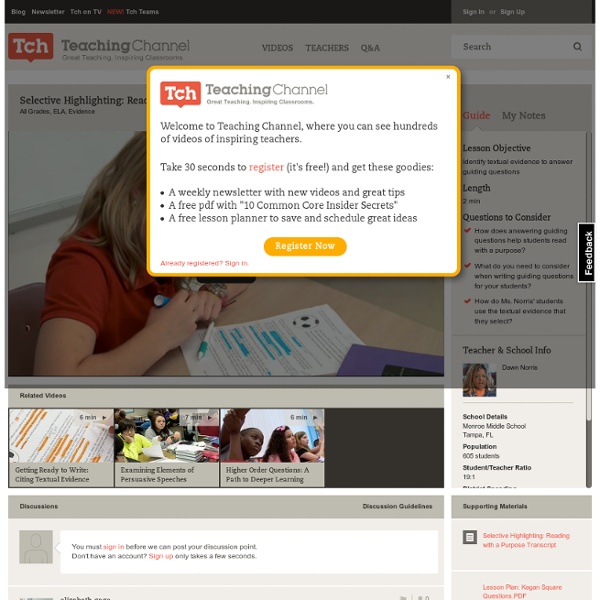



Opinion: We're living '1984' today Lewis Beale: We live in age where authorities, companies collect information about usHe says after Snowden spying revelations, sales of George Orwell's "1984" spikedHe says elements like "doublethink" and "endless war" have parallels todayBeale: In a modern surveillance state, we're all suspects Editor's note: Lewis Beale writes about culture and film for the Los Angeles Times, Newsday and other publications. (CNN) -- It appears that the police now have a device that can read license plates and check if a car is unregistered, uninsured or stolen. We already know that the National Security Agency can dip into your Facebook page and Google searches. So when Edward Snowden -- now cooling his heels in Russia -- revealed the extent to which the NSA is spying on Americans, collecting data on phone calls we make, it's not as if we should have been surprised. Lewis Beale Doublethink -- Orwell's novel defines this as the act of accepting two mutually contradictory beliefs as correct. Bush vs.
All Good Slides Are Slippery by Lemony Snicket The poems contained in this children’s poetry portfolio are not made for children. Poetry is like a curvy slide in a playground — an odd object, available to the public — and, as I keep explaining to my local police force, everyone should be able to use it, not just those of a certain age. In general I am suspicious of anything written specifically for children. It is, of course, acceptable to write something to a specific child — “Dear Elizabeth, I have reason to believe this cake is poison, so please leave it alone and I’ll take care of it later” — but things written by someone who is thinking only of children far too often have an unfortunate tone. If you have ever seen an adult hunch over and begin talking to a child in the high-pitched voice of an irritating simpleton, then you know the tone I mean. It is a tone that takes the fun out of everything, even everything fun. Speaking of fun, some time ago I found myself locked in the basement of the Poetry Foundation building.
Math Book Lists TBA Math in Children's Literature 205K+Save New Update! Dec. 28, 2016My goal is to gradually update this list with new links. You can see which sections have been updated by looking for New! New! Latest Update: March 8, 2014 I try to update the following list of Math Books for Kids on a regular basis. Why Do I Keep Up This List? Linking Children's Literature to Math A few important notes about this list: 1. 2. 3. Addition/Subtraction 12 Ways to Get 11, Eve Merriam *The 329th Friend , Marjorie Weinman Sharmat (lesson)The Action of Subtraction , Brian Cleary Centipede's 100 Shoes , Tony RossEach Orange Had 8 Slices , Paul Giganti (also multiplication)Elevator Magic , Stuart Murphy (subtracting) The Grapes of Math , Greg TangThe King's Commissioners , Aileen Friedman (addition, skip counting) Math Appeal , Greg Tang Math Fables , Greg TangMath For All Seasons , Greg TangMath-terpieces , Greg Tang Monster Math , Anne Miranda (counting)Monster Musical Chairs, Stuart Murphy My Little Sister Ate One Hare , Dr.
Math Games Practice addition and subtraction skills in this fun puzzle game. Select from adding, subtracting or both and choose between a range of 10, 20 or 100. Find the matching cards. Count up the Easter Eggs shown and find the card that shows the same number. Count up the blocks shown in each square. Practice counting skills in this fun online game. Find the matching cards. Practice addition skills with sums up to 100 in this fun puzzle game. It's color by number! Complete the pattern. Look at each picture math equation. Match the analog clocks with the correct time to make an Easter picture. Practice addition, subtraction, and multiplication in this math version of Pacman. Practice addition skills by matching the correct answer to each question. Look at each picture math equation. Practice multiplication skills with factors up to 12 in this fun puzzle game. Connect the dots in order to make a Winter picture. Drag the shapes from the bottom to the picture to make it complete again. Count the pictures.